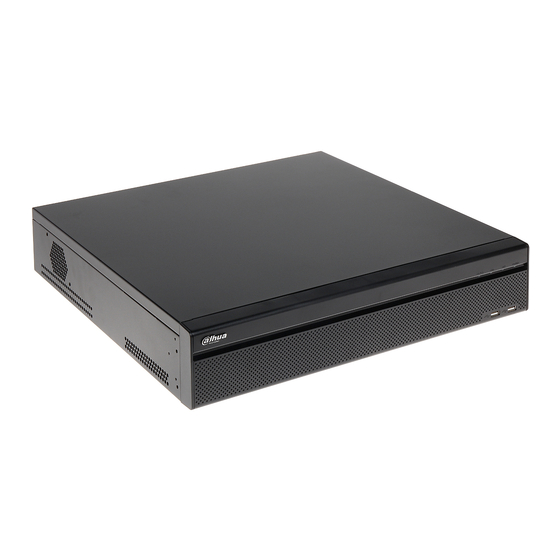
Dahua NVR608-32-4KS2 User Manual
Hide thumbs
Also See for NVR608-32-4KS2:
- How-to (6 pages) ,
- User manual (493 pages) ,
- Quick start manual (33 pages)














Need help?
Do you have a question about the NVR608-32-4KS2 and is the answer not in the manual?
Questions and answers